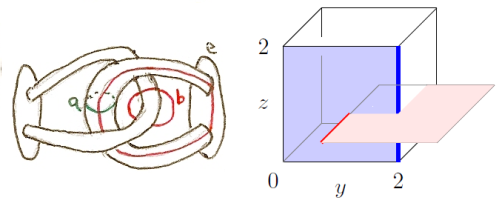Everyone has their pet peeves, and peeves about language abound. My pet peeve is with people who object that “very unique” is illogical. For example, this pithy statement:
Uniqueness is a binary condition. Something is unique or it is not. There are no degrees of uniqueness. Something cannot be partly unique, mostly unique, very unique, etc.







